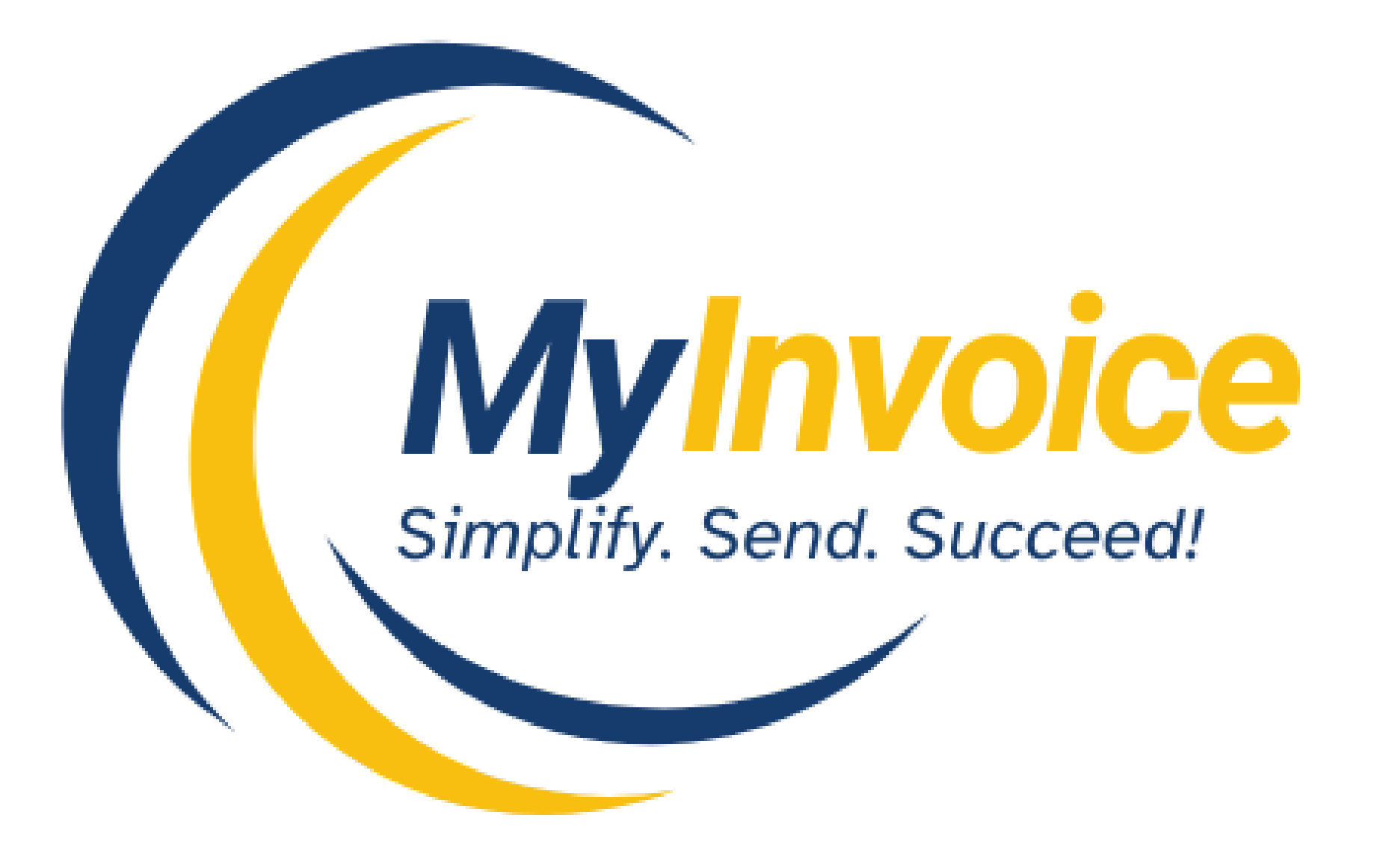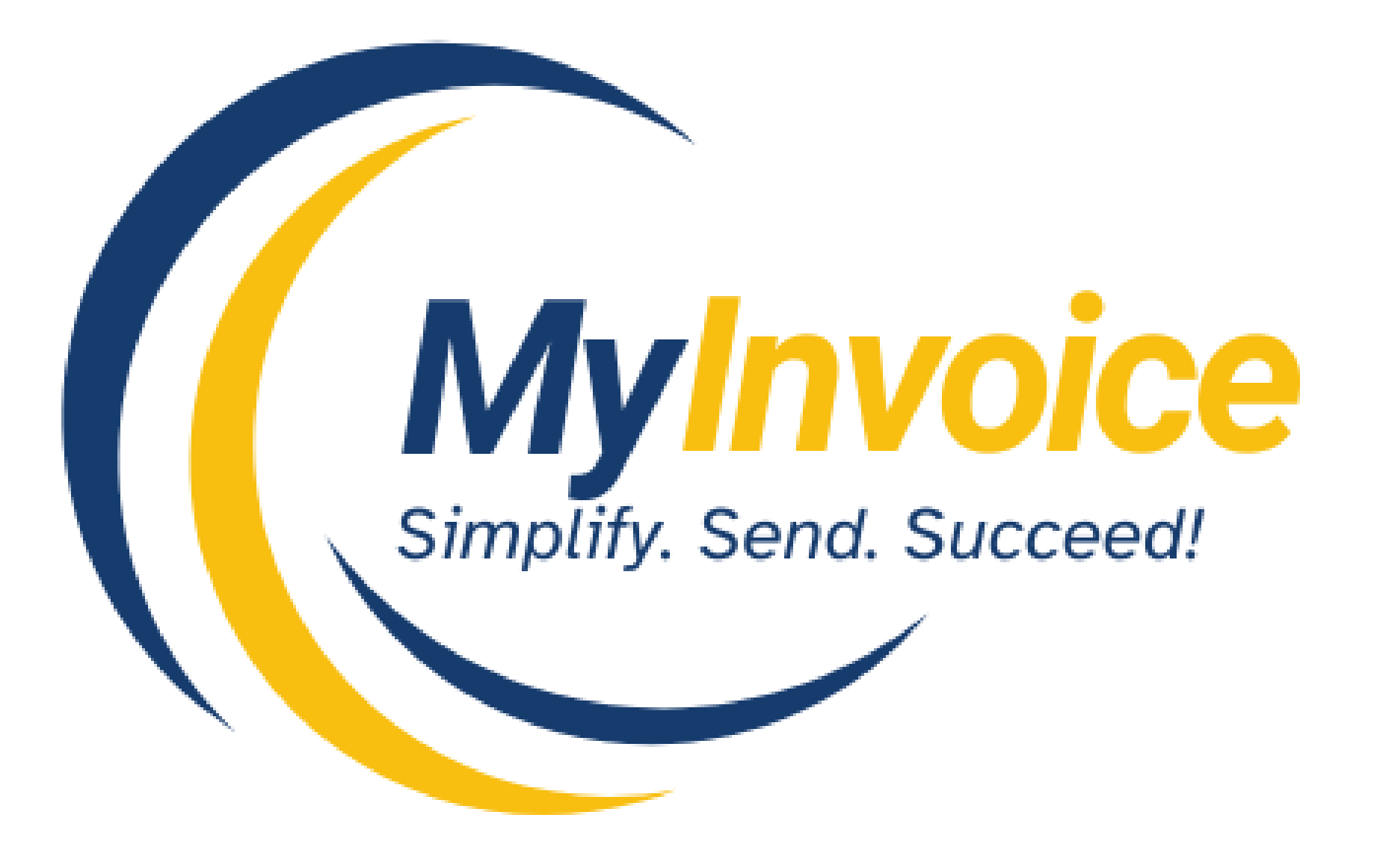
Overview of e-Invoice Staff Claims in Malaysia
With Malaysia’s move towards digital invoicing, it’s essential for businesses to handle staff expense claims in line with the Inland Revenue Board’s (LHDN) e-invoicing requirements. This guide outlines the procedures to ensure compliance and efficient management of such claims.
Understanding e-Invoice Staff Claims
An e-invoice is a digital version of a traditional invoice, ensuring transparency and adherence to tax regulations. Staff claims involve reimbursements to employees for expenses incurred on behalf of the company or as part of their benefits.
Scenario 1: Vendor Issues e-Invoice to the Company (Preferred Method)
1. Share Company Details: Employees or procurement teams provide th company’s tax identification number (TIN) or business registration number (BRN) to the vendor.
2. Vendor Generates e-Invoice: The vendor issues an e-invoice addressed directly to the company.
3. Employee Submits Claim: The employee submits the e-invoice as part of their expense claim. This approach ensures full tax compliance and simplifies record-keeping.
Scenario 2: Vendor Issues e-Invoice to the Employee
In cases where providing company details isn’t feasible:
1. Provide Employee Details: The employee shares their personal identification, such as TIN or identification card number, with the vendor.
2. Vendor Issues e-Invoice: The vendor generates an e-invoice addressed to the employee.
3. Employee Submits Claim: The employee submits the e-invoice to the company for reimbursement. While acceptable, this method requires additional documentation to validate the expense as company related.
Handling Non-e-Invoice Expenses
For situations where e-invoices aren’t available, such as overseas transactions or minor purchases:
1. Submit Alternative Proof: Employees provide receipts or other proof of purchase.
2. Align with Employer Policy: Ensure the expense aligns with the company’s documented policies on allowable claims.
3. Maintain Documentation: Proper records should be kept to support tax deductions.
Importance of a Comprehensive Employer Policy
A well-defined employer policy is crucial for:
• Listing Allowable Expenses: Clearly outline what employees can claim, including travel allowances, memberships, and other benefits.
• Setting Limits: Specify monetary limits for various claim categories.
• Ensuring Tax Compliance: Serve as evidence that claims are legitimate business expenses.
Examples of Claimable Expenses Under Employer Policy
• Employee Liabilities: Utility bills, parking fees, vehicle maintenance.
• Memberships: Gym or club memberships.
• Professional Subscriptions: Fees for professional bodies or certifications.
• Allowances: Travel, fuel, tolls, parking, meals.
• Minor Company Purchases: Office supplies, snacks, stationery.
Special Considerations per LHDN Guidelines
• Overseas Transactions: Expenses like foreign accommodation or airfare can be claimed with appropriate documentation, even if the e-invoice is in the employee’s name.
• Alternative Documentation: If e-invoices aren’t obtainable, other forms of receipts are acceptable, provided they align with company policy.
Key Takeaways
• Prefer Vendor-to-Company e-Invoices: This method ensures smoother compliance.
• Document Employer Policies: Clearly define and communicate allowable expenses and limits.
• Prepare for Exceptions: Have procedures in place for handling non-e invoice scenarios.
Source Credited: https://jomeinvoice.my/how-to-process-malaysia-e-invoice-staff-claim-a-step-by-step-guide-2024-2025-copy/




